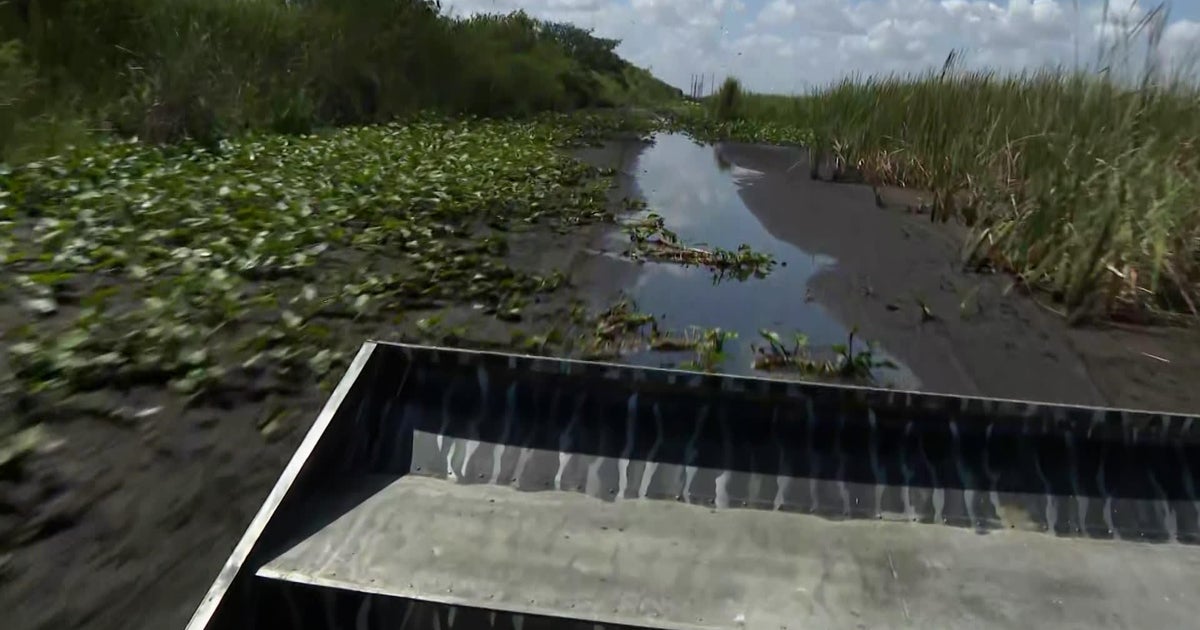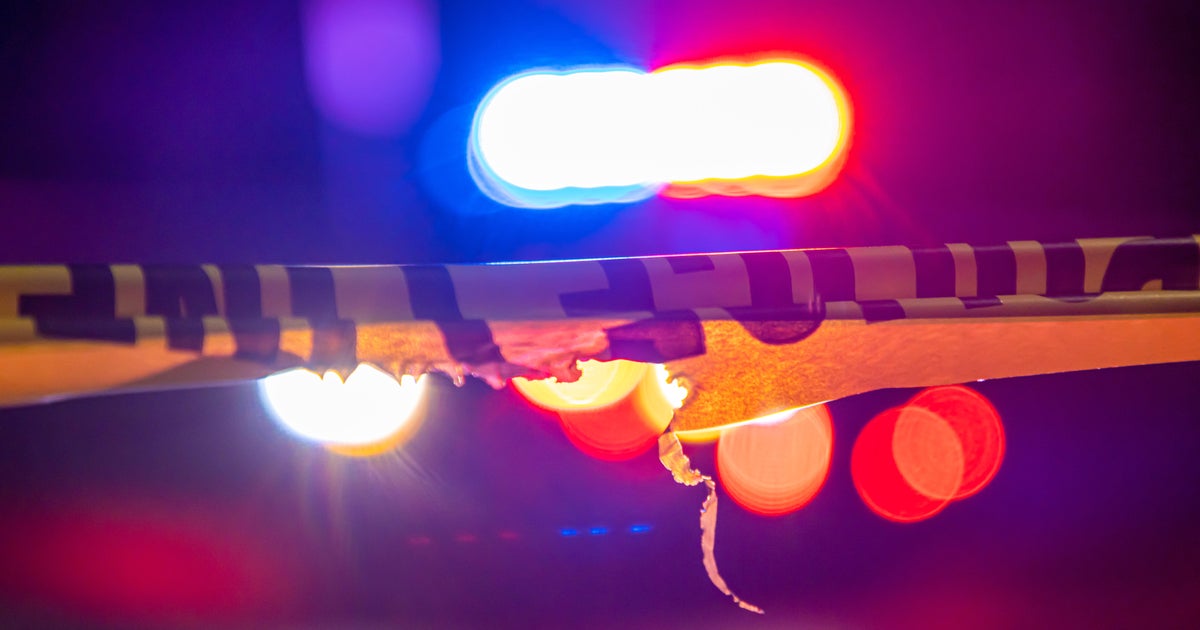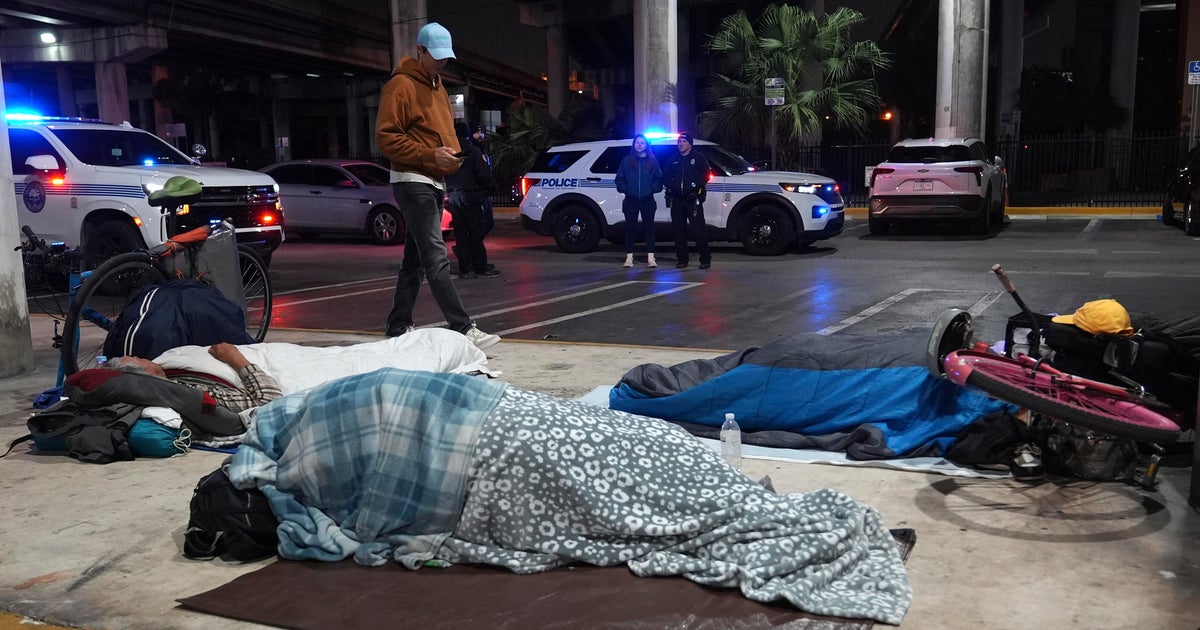Severe drought conditions in South Florida are drying up parts of the Everglades, forcing wildlife to adapt to muddy canals, killing fish, and shutting down local tourism businesses that rely on water access.
Wildlife adapts as water vanishes
In areas where canals once supported airboat rides and thigh-deep water, alligators now crawl through muck.
Marshall Jones, a fifth-generation gladesman and owner of Mack’s Fish Camp, stood in a dry sawgrass field where water usually flows.
“This area where I’m standing now, during most of the year, will have water mid-thigh deep,” Jones said. But on this day, the ground beneath him was dry. With his airboat tour business temporarily closed, he noted, “We’re losing roughly a half inch of water a day.”
Jones added that wildlife is flocking to remaining pockets of water—causing overcrowding, water quality issues, and repeated fish kills. “The fish in the water just don’t have enough oxygen to survive,” he said. “That’s why you see the water with this green color, nutrient loading, algae is consuming all the oxygen in the water and that’s causing the fish to die.”
“Something is definitely going on”
Wayne Pierce, out fishing with his family, said the signs were impossible to ignore. “Today we saw a lot of floating bass, a right many,” he said. “I’ve fished a lot in different places and you don’t see that many in one place. So something is definitely going on.”
Jones said drought is not unusual in the Everglades, but this one is different. “We are in the most substantial drought we’ve had in nearly a decade, perhaps over a decade,” he said.
Despite the extreme conditions, water managers said no new restrictions are planned at this time. Residents in Miami-Dade and Broward counties are reminded that year-round irrigation rules remain in place, limiting watering to twice a week.
Said Jones, reflecting on nature’s resilience: “The old saying ‘When the going gets tough, the tough get going!’ And there’s nothing tougher out here than an alligator.”



